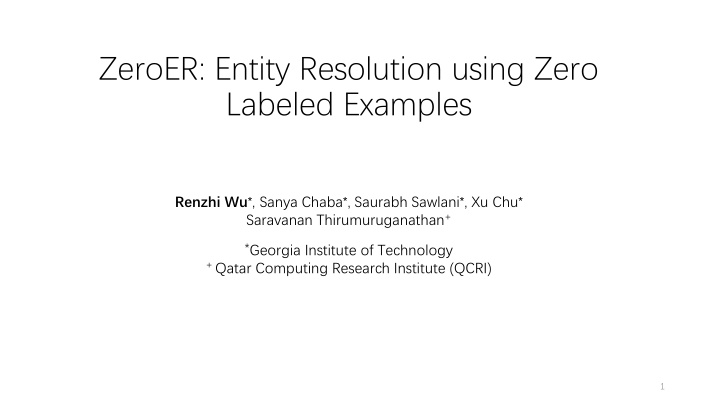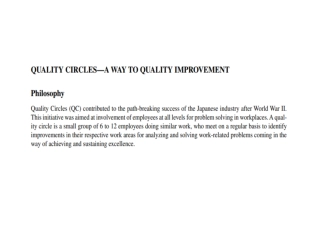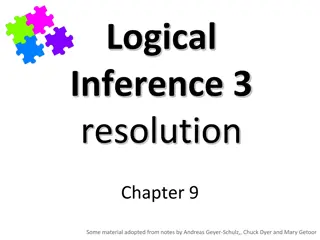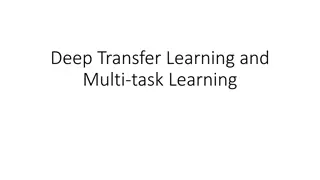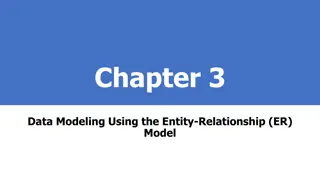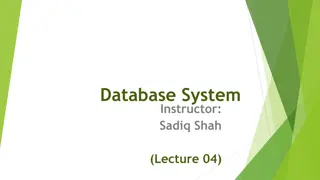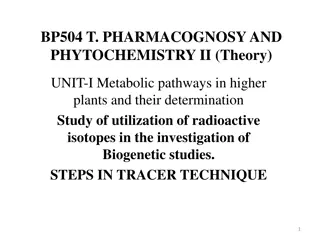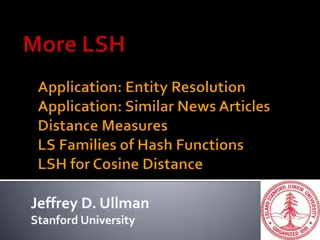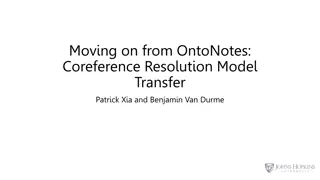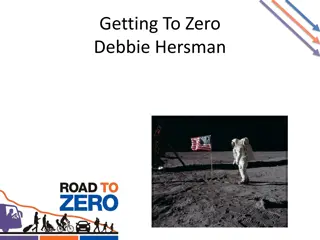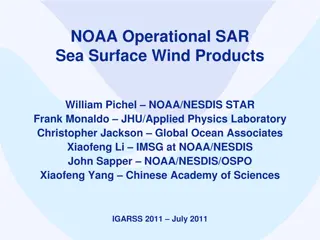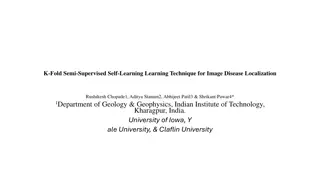ZeroER: Entity Resolution using Zero Labeled Examples
Entity resolution is a critical task in data management, and the ZeroER approach aims to address it using zero labeled examples. By leveraging generative modeling and overcoming challenges such as data deficiency and feature degeneration, ZeroER achieves comparable performance to supervised ML approaches without the need for extensive labeling efforts.
Download Presentation

Please find below an Image/Link to download the presentation.
The content on the website is provided AS IS for your information and personal use only. It may not be sold, licensed, or shared on other websites without obtaining consent from the author.If you encounter any issues during the download, it is possible that the publisher has removed the file from their server.
You are allowed to download the files provided on this website for personal or commercial use, subject to the condition that they are used lawfully. All files are the property of their respective owners.
The content on the website is provided AS IS for your information and personal use only. It may not be sold, licensed, or shared on other websites without obtaining consent from the author.
E N D
Presentation Transcript
ZeroER: Entity Resolution using Zero Labeled Examples Renzhi Wu*, Sanya Chaba*, Saurabh Sawlani*, Xu Chu* Saravanan Thirumuruganathan+ *Georgia Institute of Technology + Qatar Computing Research Institute (QCRI) 1
Entity resolution Table A Table B Supervised ML Huge labeling effort Can be done with less effort using tools such as Magellan Similarity feature generation a1 a2 a3 b1 b2 b3 (a1,b1) (a1,b2) (a3,b2) (a1,b1) (a1,b2) (a3,b2) U M U (0.18,0.64,0.29, ) (0.69,0.95,0.99, ) (0.11,0.13,0.01, ) Blocking Matching Table A Table B Tuple pairs Similarity vectors Match or Unmatch 2
The need for ZeroER State-of-the-art: supervised ML, deep learning, e.g. DeepMatcher [Mudgal, 2018] Limitation: require many labeled examples Our goal: Perform ER using zero labeled examples while achieving comparable performance to supervised ML approaches Q1. How distinguish matches from unmatches without labels? Q2. How to ensure good performance? 3
Generative Modelling Q1. How distinguish matches from unmatches without labels? Observation: the similarity vectors for matches ??should look different from the similarity vectors for unmatches ?? ??~ M-distribution ??~ U-distribution M-distribution = Gaussian(??, ?) U-distribution = Gaussian(??, ?) Gaussian mixture model (GMM) Expectation maximization (EM) algorithm 4
Challenges Q2. How to ensure good performance? Challenge 1: Data deficiency in Matching pairs #matches < #parameters in M distribution Challenge 2: Degenerated Features Challenge 3: Incorporating Transitivity b1 b1 a1 b2 b2 5
Challenge 1: Data deficiency in Matching pairs Number of matches < number of parameters in M distribution fodors- zagats 112 matches 68 features (Magellan) 2346 parameters in ??and ? How to reduce the number of parameters? The two most common approaches (provided in sklearn): (1) Assume feature independence, i.e. ?and ?are diagonal (2) Assume covariance can be shared, i.e. ?= ? 6
Feature grouping & correlation sharing feature independence feature grouping: (1) features generated from the same attribute are dependent (2) features generated by different attributes are independent. Sharing covariance matrix ?= ? Sharing correlation matrix ??= ?? the Pearson correlation matrices ??and ??reflect correlation between similarity functions ?= ??? ? ?= ??? ? #parameters reduction: ?2+ 3? + 1=> 4? + 1 (? number of features) 7
Challenge 2: Degenerated features degenerated feature ?1 normal feature ?2 Feature overfitting: degenerated features with extremely small variances dominate prediction Increase variances of features with regularization: Regularization Data likelihood Solution of maximizing the above objective: Sample cov matrix Regularization parameter (amount of variance increase) 8
Feature regularization A good ? should (1) fatten the spiky distribution (to resolve feature overfitting) (2) Not cause too much overlap between M and U (not hurt the predictive power of a feature) Sample cov matrix Regularization parameter Na ve gaussian with no regularization (? = 0): Overfit to degenerated features Uniform Regularization (? = ??) (sklearn): Same variance increase ? for all features. Issue: a good ? for ?1causes big overlap in ?2 ZeroER regularization (? = diag{?1, ,??}) Regularize each feature differently so that the overlap between M and U (measured by Bhattacharyya coefficient) increase at the same amount ? in all features 9
Challenge 3: Incorporating Transitivity b1 b1 a1 b2 b2 Transitivity is typically done in a post-processing step We incorporate transitivity directly during model learning We express transitivity as inequality of probabilities: ? 3 inequalities in total ???1,?1 ???1,?2 < ??(?1,?2) 10
Transitivity as posterior constraint in EM ?: vector of matching probabilities of all tuple pairs In EM, ? is computed via the Bayes rule. How to incorporate ?? The Free energy view of EM E step: Posterior constraint 1. Non-convex optimization 2. ? 3 constraints in ? Projection Relaxation M step: 11
Experiments: setup Five datasets Unsupervised Supervised Active learning Logistic Regression (LR) Random Forest (RF) Multilayer Perceptron (MLP) DeepMatcher (DM) K-Means (KM-SK) K-Means (KM-RL) GMM ECM PPjoin Active learning based Random forest (AL-RF) Ten baselines Blocking: blocking on the most informative attribute using Magellan Features: automatically generated using Magellan 12
Experiments: performance F1 score 13
Conclusion & future work ZeroER Automatic Blocking Automatic feature engineering 15
